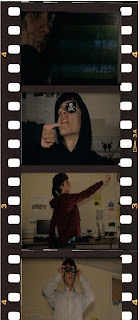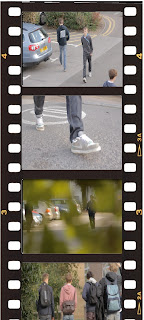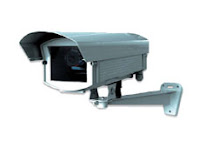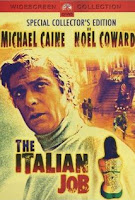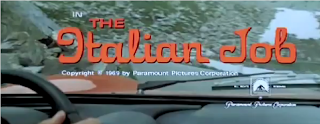Children’s film isn’t a specific genre, because a Childs film could be categorized even more into a comedy, romance, adventure etc... I feel that the title of ‘Children’s Film’ shows that a film is suitable for children; however a whole family would enjoy it as well. A children’s film isn’t only produced for just children to watch, they are made for parents and families to enjoy as well. The trailer of a children’s film has to appeal to the adult; otherwise the child wouldn’t be able to see the film. To appeal to an adult, a children’s film should include ‘light’ adult humour which a child wouldn’t understand until at an older age. A great example of this which I have always remembered is the ‘Chariots of Fire’ scene in Madagascar when Alex and Marty are reunited on the desert island. When Marty realises Alex is running after him and not to him, he says, ‘’Oh, Sugar Honey Iced Tea’’, taking the first letter from each word this spells, ‘’Oh, SHIT’’. Obviously only adults would get this humour, and it would entertain them, children would just laugh at the fact that it’s an interesting mix of words. I found a video on YouTube of this short scene and have embedded it below as an example for my point.
I also think a Children’s Film also has to educate a child without the child knowing it for it to be classed as a Childs film. An example that I can think of is the film, ‘Bill and Ted’s excellent adventure’ which was realised in 1989. It’s a comedy about two ‘dudes’ who have a time travelling phone box and they use it to travel around in a 7000 year range. Whilst being a funny film to watch for both adults and children, it also educates as Bill and Ted travel to different time periods. They travel back in time into a western town and meet a famous cowboy, back to France and meet Napoleon and also meet the Socrates in Greece. The short clip below shows Bill and Ted meeting the Socrates.
U Certificate -
Rating or Certificate for a film starts at ‘U’, which means the film is suitable for all. If there is discrimination, drugs, violence, bad language, or bad behaviour, it has to be disapproved of within the film. Nudity and Sex are themes that are allowed to be in a U rated film, however to an extent. Nudity refers to natural nudity such as someone in swimming trunks with no actual sexual scenes, only a person kissing someone else is allowed. Below is a trailer for a U certified film.
PG Certificate –
PG Certified stands for ‘Parental Guidance’, which means if the child is older than eight, it shouldn’t disturb them. Similar to U rating, if there are any reference to drugs, discrimination, bad behaviour, it must come across as ‘anti’ or be disapproved by a good character in the film. However unlike U rated films, violence is allowed in PG films, however without any detail such as blood. Violence must only be shown for comedy, history or fantasy purposes, so the child doesn’t get disturbed in any way. Mild sex references and innuendos are allowed, but to an extent where the child probably wouldn’t understand what was going on. Below is a scene from a PG rated film, and was also my favourite film as a child.
